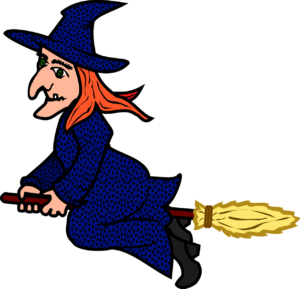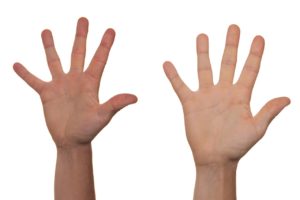On a state visit to China in November 2010, David Cameron, with his coalition ministers, turned up to a welcoming ceremony well dressed and well versed in cultural relations between the two nations. As is customary in November, the British ministers donned poppies in remembrance of those who fell during the Great War.
However, this did not go down well with the host nation. In China poppies are associated with opium and are therefore a bitter reminder of the Opium wars which China lost to Britain, along with the territory of Hong Kong. Chinese officials asked the British delegation if they would kindly remove the poppies out of respect, but David Cameron and the other ministers politely refused.
While the incident was embarrassing, it probably did little to harm long-term diplomatic relations between the two nations.
However, this is a prime example of how critical an understanding of the customs of your potential market can be. Cultural faux pas and offences are not so easily forgiven when it is your business to ensure that a product is fit for market.
In our ELT design work this is very important. Whether it be beautiful realia or photos and illustrations, we need to ensure we are aware of and adhere to the market restrictions that are set out by the publisher. It can be easy to overlook something like avoiding ‘the soles of feet showing’, but when we are briefing an artist or conducting photo research it is important to keep these things at the front of our minds, just as if we were a native of the target market.
At emc we follow best practice guidelines by paying particular attention to certain cultural taboos that are governed not just by the potential geographic target market, but as much by the intended age market too. The best way to remember these cultural taboos are by using an easy 7 letter acronym:
P – politics
A – alcohol
R – religion
S – sex
N – narcotics
I – isms (communism, etc)
P – pork
This is a play-it-safe approach to any book and is wise to remember. However, there are a multitude of other restrictions for specific markets that aren’t particularly covered by the ‘PARSNIP’ rules.
Illustrated below are some of the more unusual and often overlooked taboos that could easily trip up a photo researcher and prevent the book from being published in certain countries. Welcome to the world of ELT publishing!
Nose blowing in public places in Japan is considered taboo. It should be depicted in private only.

Pixabay
Showing a 6-pointed star should be avoided in conservative secular markets because of its resemblance to the Star of David of Judaism. All stars should only have 5 points. In a similar way the cross should be avoided on hospitals to avoid association with Christianity.

Pixabay
Many traditional African communities consider chameleons and owls to be bad luck or symbolic of death.

Pixabay
The innocent leprechaun might be considered good luck in the west, but in China green hats symbolise marital infidelity.

Pixabay
Avoid references to the supernatural, like witches, Halloween, ghosts, Harry Potter or fairies. Mostly for Middle Eastern markets.

Pixabay
In the Middle East and Asia it is disrespectful to show the soles of feet or shoe soles.

Pixabay
Many Asian countries can find tattoos offensive, to different degrees. To be on the safe side, avoid tattoos in Iran, Turkey, Malaysia and Thailand.

Pixabay
The Okay sign formed by linking the thumb and index finger is considered offensive in Brazil, Germany and Russia.

Pixabay
An open hand gesture with fingers apart can be seen as insulting in Nigeria, Greece and Pakistan.

Pixabay
Pointing with your index finger is frowned upon in Malaysia, so it is normal to point with your thumb instead.

Pixabay
In Russia Tapping your finger on your temple is not seen as a sign of intelligence like in most western countries, but a sign of insanity.

Pixabay
The thumbs up gesture is seen as offensive as the middle finger in Greece and Sardinia.
Leave A Comment